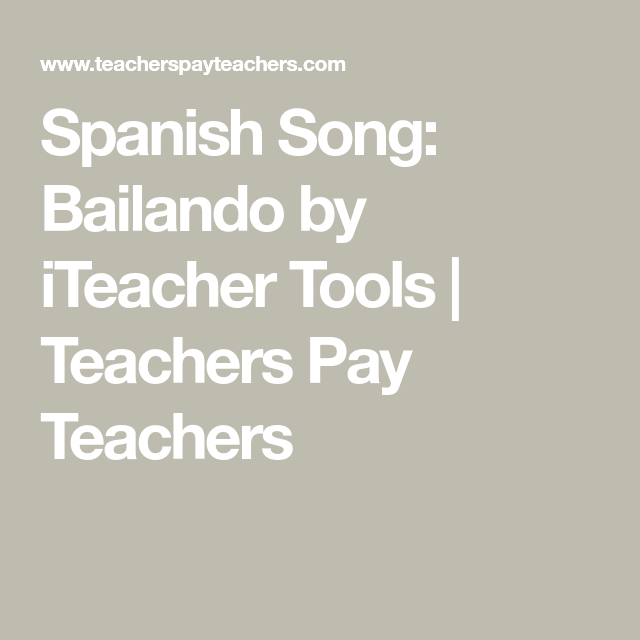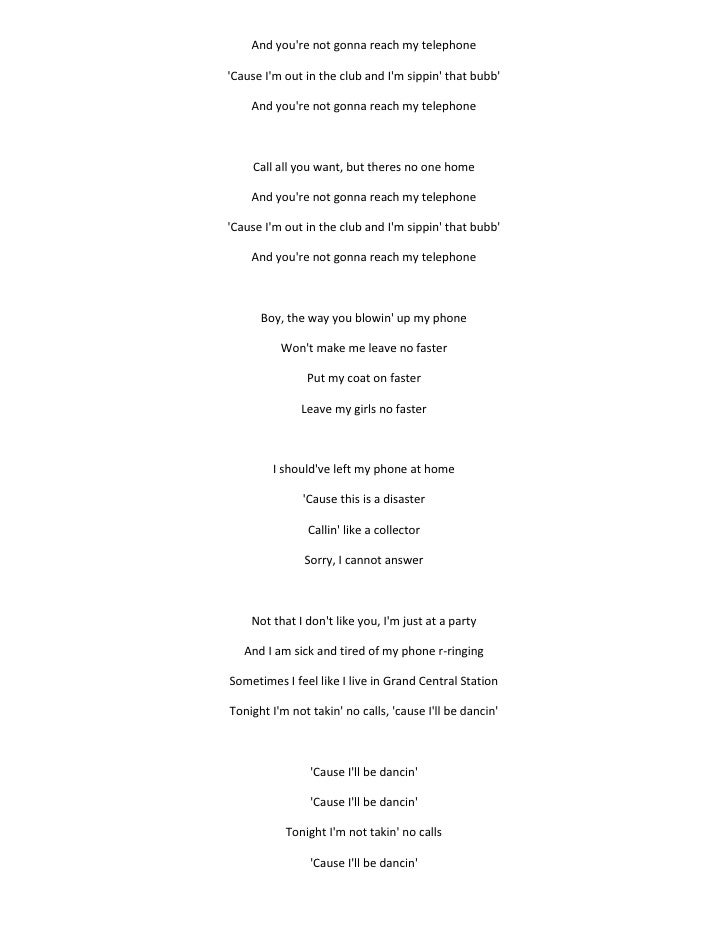
Once shunned by the aristocracy, it soon began showing up in religious festivals, government ceremonies, and bullfights. The musician may strum quickly or slowly to match the mood of the song and dance performance.įar more than a casual pastime, flamenco transcends history, cultural backgrounds, and social classes. Male dancers display high bursts of energy through rapid, heavy stomping of their feet, while female dancers often use slower, more sensuous movements.Īt some point, toque is introduced with the guitar. Then baile is introduced as one or more performers express the emotions of joy, sadness, and everything in between through dance. The singers (male, female, or both) remain seated and sing beautiful, simple lyrics without any background music. The performance often begins with the cante. There’s the song ( cante), the dance ( baile), the music ( toque), and percussion ( jaleo), which includes clapping, snapping, stomping, and percussion instruments, such as tambourines and castanets. The energy, temperament, and passion of the dance reflect the centuries-long struggle that the gypsy community has experienced.Įvery performance runs the gamut of emotions - joy, grief, tragedy, fear, rejoicing, hope - often bringing the performers and audience to tears.įlamenco is made up of four important elements. Why is it important to understand this background?īecause it’s the heart and soul of flamenco dancing. We’ll start with the big player - flamenco - which is unquestionably the most well-known of the dances in Spain.Īs mentioned earlier, flamenco has its roots in gypsy culture, which originated in India over 1,000 years ago.Įverywhere the gypsies settled in their westward trek, they were marginalized and persecuted, with their “bohemian” way of life viewed as a threat to traditional society. Now that you understand the background of dancing in Spain, let’s talk about some of the most popular types of Spanish dancing. Thankfully, since Spanish Communism ended in 1975, there’s been a resurgence in traditional arts, music, and Spanish dances. Meanwhile, back in Spain, the popularity of traditional dances declined during the post-war Franco era. Motion pictures further spread the popularity and mystique of Spanish dancing during the 20th century.Īt a time when sex could only be inferred onscreen, the sensuality of Spanish dance became a highlight of many classic films. In the late 1800s, flamenco became commercialised as bars and cafes began hosting evening performances for travellers. It appeared onstage in ballets, operas, and theatre performances.

Historians point to this “blend” of traditional folk dance with gypsy influence that led to the birth of the most famous Spanish dance of all - flamenco.īy the Romantic era of the 19th century, flamenco had a firm foothold in Spanish literature and the arts. Then, during the Baroque period, the first Roma gypsies arrived in Spain, bringing their free-spirited music and dancing with them.

Serious, subdued dances were replaced with happier, free-moving styles of dance.įolk dances emerged in each region in Spain connected with local customs, holidays, and festivals. Like other parts of the world, dancing in Spain began with ritualistic ceremonies centred around battles and war.ĭuring the Middle Ages, the focus shifted to religion and sombre, structured themed dances.Įverything changed during the Renaissance, which began in the 15th century.

With so many different cultural footprints over the years - Greek, Celtic, African, Jewish, Gypsy, Arab, and more - is it any wonder that music and the arts (including dancing) flourished in Spain? In ancient times, Spain was conquered and ruled by the Romans, the Visigoths, and the Moors.ĭuring the 15th and 16th centuries, Spain established the first global empire that stretched from the Americas to the Phillippines.


 0 kommentar(er)
0 kommentar(er)
